Sacred Reciprocity: Ways to Give Thanks to the Land
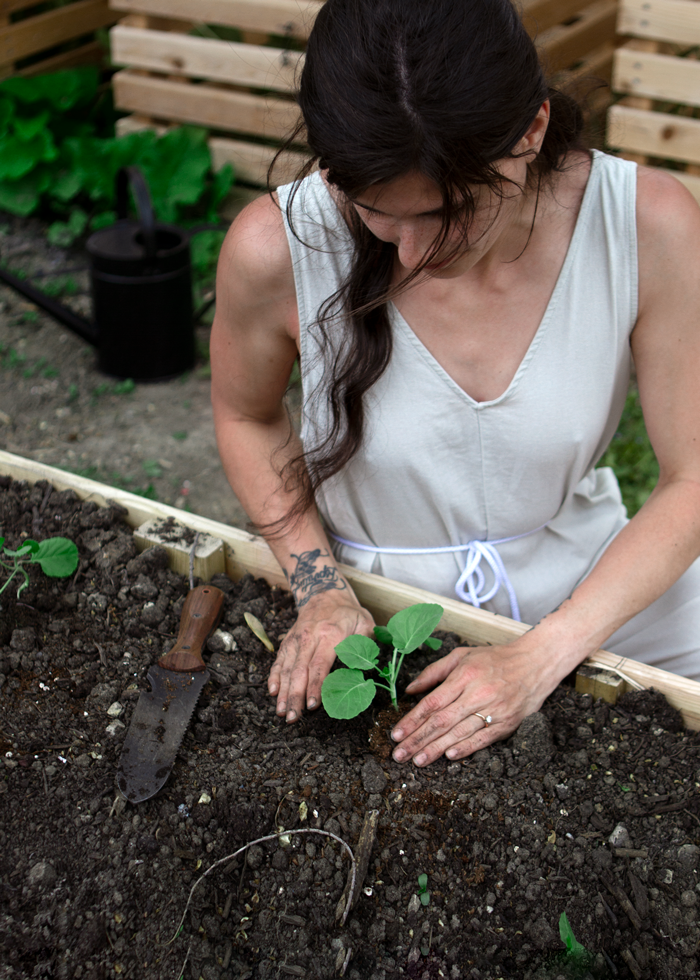
Every day we are blessed with the gifts of the earth from the air we breathe to the soil that sustains us. Without reciprocating these gifts balance in the biophysical world cannot exist. Sacred reciprocity acknowledges a mutual exchange of energy that creates harmony and balance amongst all life. It is a belief written by Robin Wall Kimmerer, a professor and citizen of the Potawatomi Nation. The concept comes from the Quechua word, ayni – (eye-knee) meaning “today for you, tomorrow for me.” Quechua is the Indigenous language of the ancestral peoples of the Andes, specifically Peru. Ayni is a principle of receptivity and gratitude, marked by a lifestyle of giving back in an inhale-exhale type relationship with the natural world.
Throughout time, humans have recognized that rituals and ceremonies are designed to offer something back, physically or metaphysically. Our ancestors have taught us that responsibilities and gifts are understood as two parts of a whole. Our well-being is dependent on the well-being of the earth, therefore, we have reciprocal duties and responsibilities to maintain balance. Acknowledging everyone and everything that sustains us in a heartfelt exchange of gratitude can take on many shapes: a ceremony, nurturing life, or simply paying attention.
1. Paying Attention
The earth asks that we observe and listen to it. It is an ongoing act of reciprocity. By paying attention we open ourselves up to a deep relationship, as information and energy are exchanged between the observer and the observed. As Robin Wall Kimmerer says, “Paying attention is a form of reciprocity with the living world, receiving the gifts with open eyes and open heart.” When we pay attention we gain a greater appreciation for life.
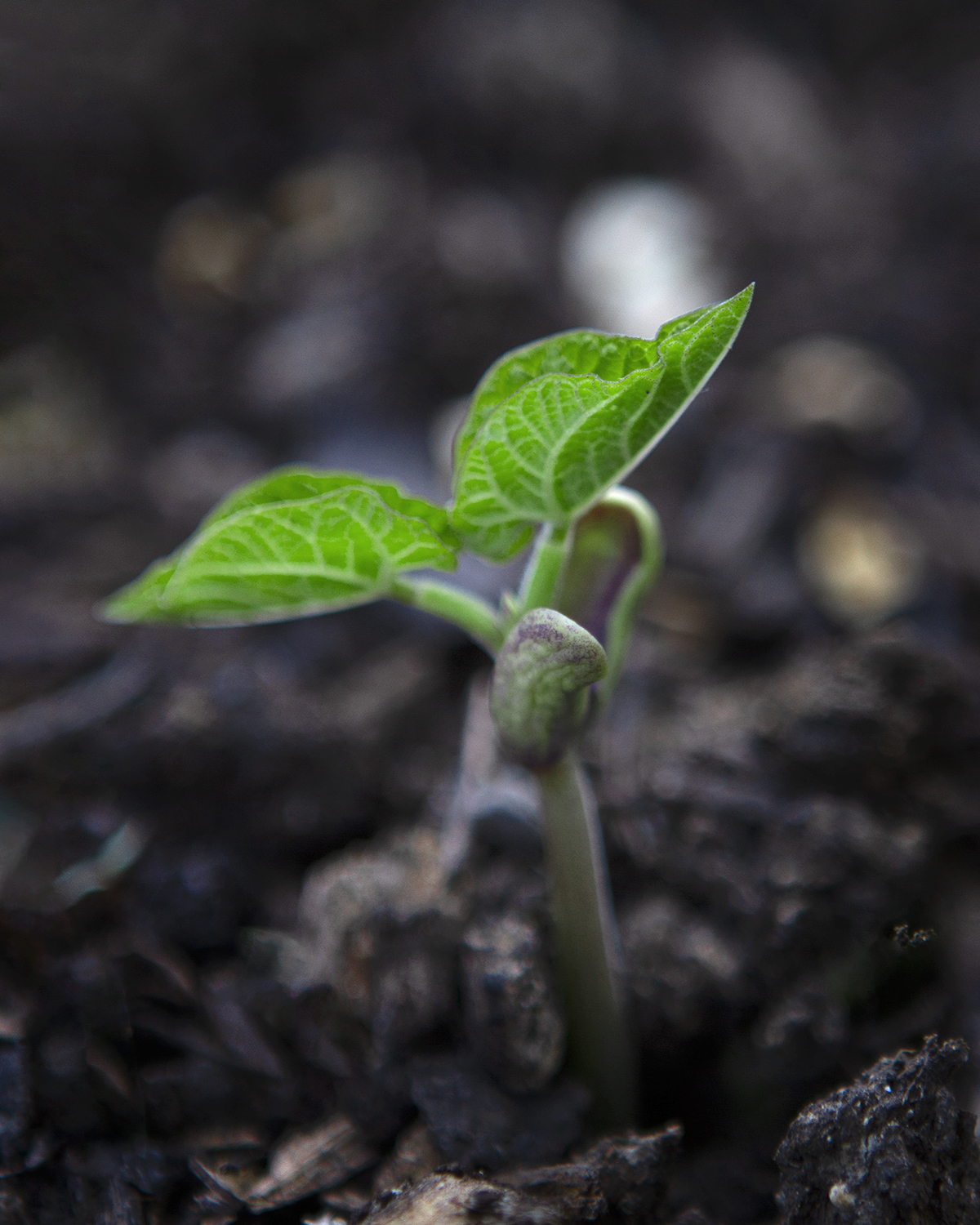
2. Tending the Land
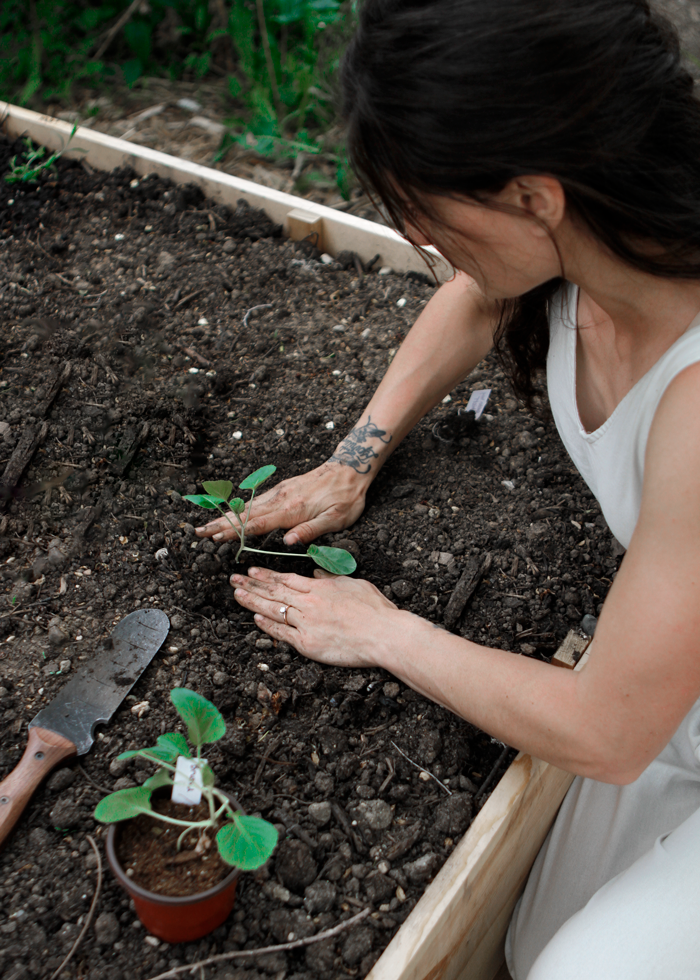
GARDENING
A garden is a space to grow food, medicine, and other plants. How the gardener chooses to interact with the land through their intentions, actions, and behaviors is what makes up a gardener’s rituals. Through these rituals, the gardener will improve the health of the land not only for the direct benefit of growing food but for the whole ecosystem and beyond.
LAWN REGENERATION
Lawns are an American obsession derived from European aristocracy as a symbol of great status. The issue with lawns is that they are monocultures, lacking in biodiversity, that require excessive water and chemical usage to maintain. Rainwater runoff can carry pesticides, herbicides, and chemical fertilizers into our waterways via the sewer system.
Create an ecosystem instead of a lawn. Increase biodiversity by growing food in a garden or planting wildflowers, native grasses, and clover (often viewed as a weed, but it’s actually part of the legume family) instead of grass.
COMPOSTING
Composting is a vital part of the circle of life. This is where transformation happens. Organic matter is diverted from landfills and instead broken down into productive soil that provides many essential nutrients for plant growth.
MAKING and SCATTERING SEED BALLS
Seed balls are made of native plant species and are scattered where they are needed. This requires knowledge to ensure invasive plants are not being spread. Use the United Plant Savers list to perform research before making seed balls.
3. Offerings
Offerings are an opportunity for a person or group of people to express gratitude from their heart with their own hands by growing, crafting, or gathering things from the earth.
DESPACHO OFFERING
Despachos are an Andean ritual. The simplest way to understand a Despacho is an expression of gratitude to the earth in the form of a prayer bundle. This involves biodegradable paper or cloth laid flat on the ground or on a table as the foundation for biodegradable offerings: flowers, feathers, nuts, seeds, beans, cacao, chocolate, rice, grains, leaves, shells, stones, and herbs. Offerings made to a Despacho are offered to the earth in one of three ways: given to a body of water, given to a fire, or buried in the ground. They are filled with prayer, intentions, and vibrations of those participating… a living request to bring energy shifts and healing in exchange for the continued love and care of the earth.

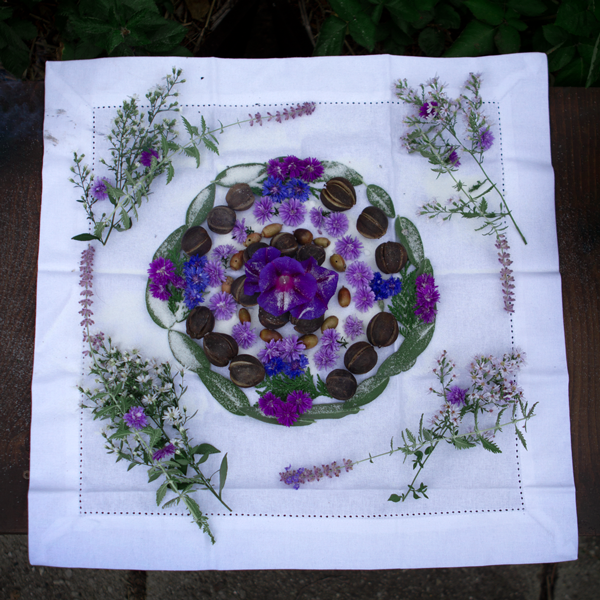
NATURE SHRINE or ALTAR
For something with more permanency, create a shrine or altar inside or outside of your home to honor the living earth. In the druid tradition, a shrine is typically dedicated to a specific aspect of nature, while an altar is typically more of a working tool where you might engage in various kinds of rituals and practices. The same materials used to make a Despacho offering might be used in a shrine or altar along with divination tools, candles, incense, plates/bowls, paintings, beads, handmade objects, ect.
Please remember to consider the impact of your offering on the environment.
4. Non-Physical Offerings
Non-physical things make wonderful offerings as well. Performances, like drumming, dancing, singing, story-telling, and so forth can be a great offering of your time, energy, and spirit. The intentions and gestures of these performances or ceremonies activate beneficial responses in the seen and unseen worlds, the energy manifested goes beyond what is tangible.
5. Land Cleanups
A great way to get involved is by attending cleanup events hosted by communities, parks, and local organizations. Cleanups don’t need to be official, go with a friend or by yourself, organize your own cleanup, or bring a trash bag with you on walks. Every piece of garbage that is taken away to be recycled or deposited in a landfill is one less dangerous item for wildlife.
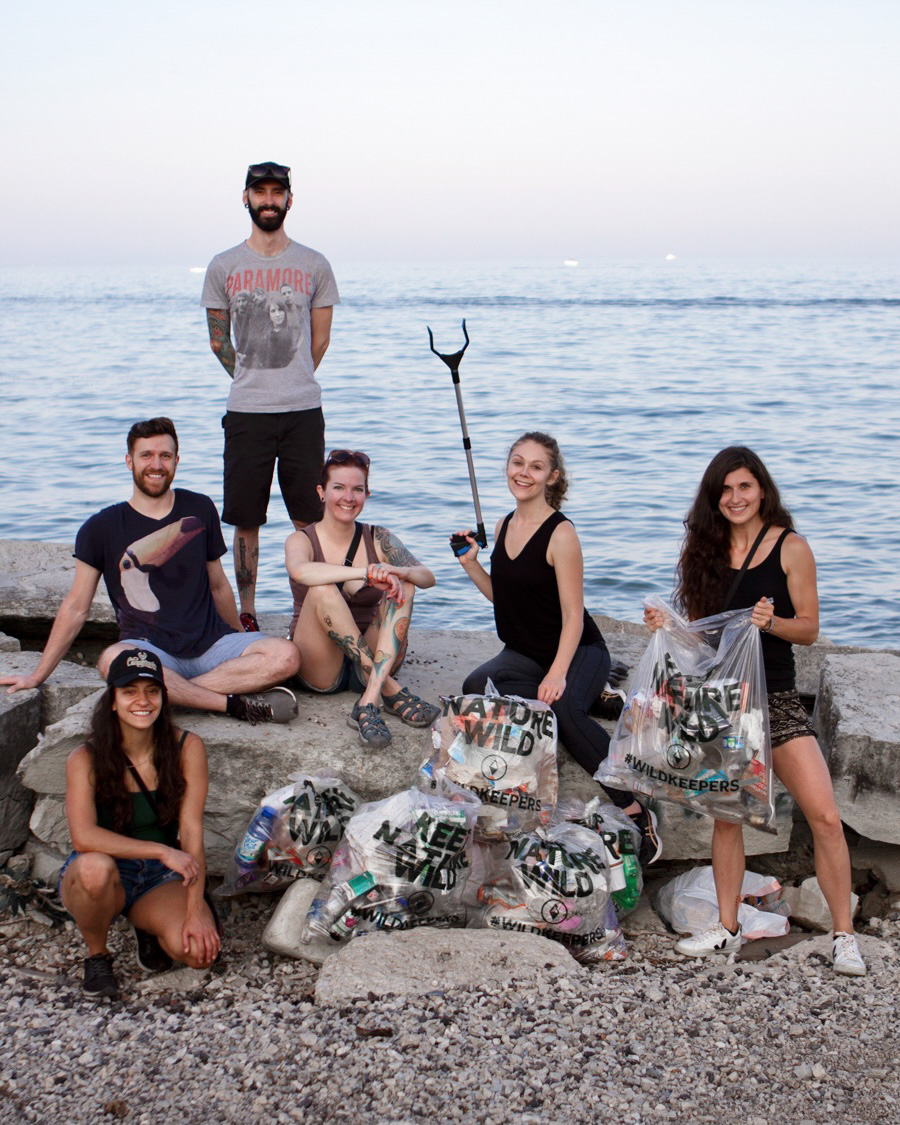
6. Commit to Learning
Commit to learning and honoring the lineage and preservation of the land you are inhabiting. Acknowledge the original inhabitants by researching and learning more about the history of your community. Visit native-land.ca for more information.
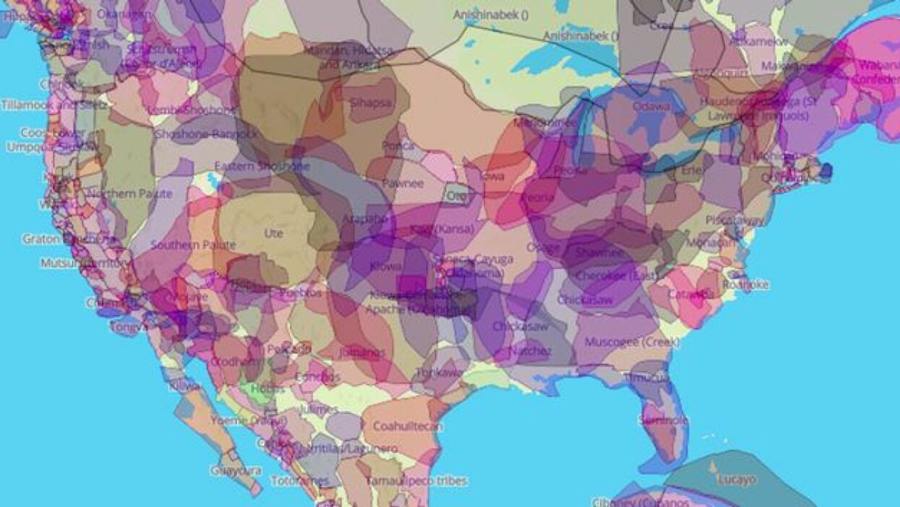
Whether the gesture is big or small the intention is what matters most. These loving acts create an opening to experience our unique human identity as caretakers of the earth, our home.
SOURCES
• Braiding Sweetgrass by Robin Wall Kimmerer
• Spiritual Ecology by Llewellyn Vaughan-Lee
⊙






0 Comments